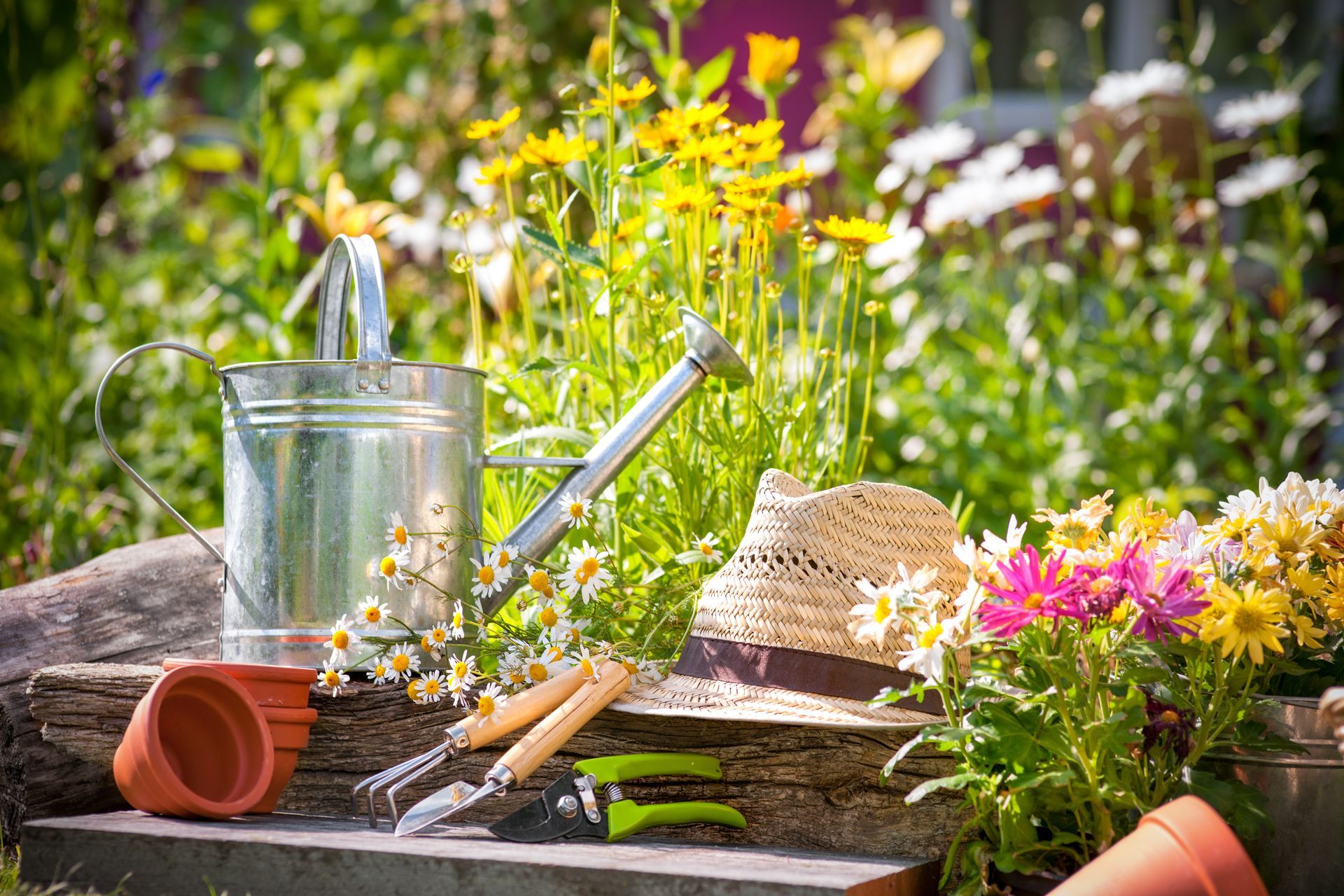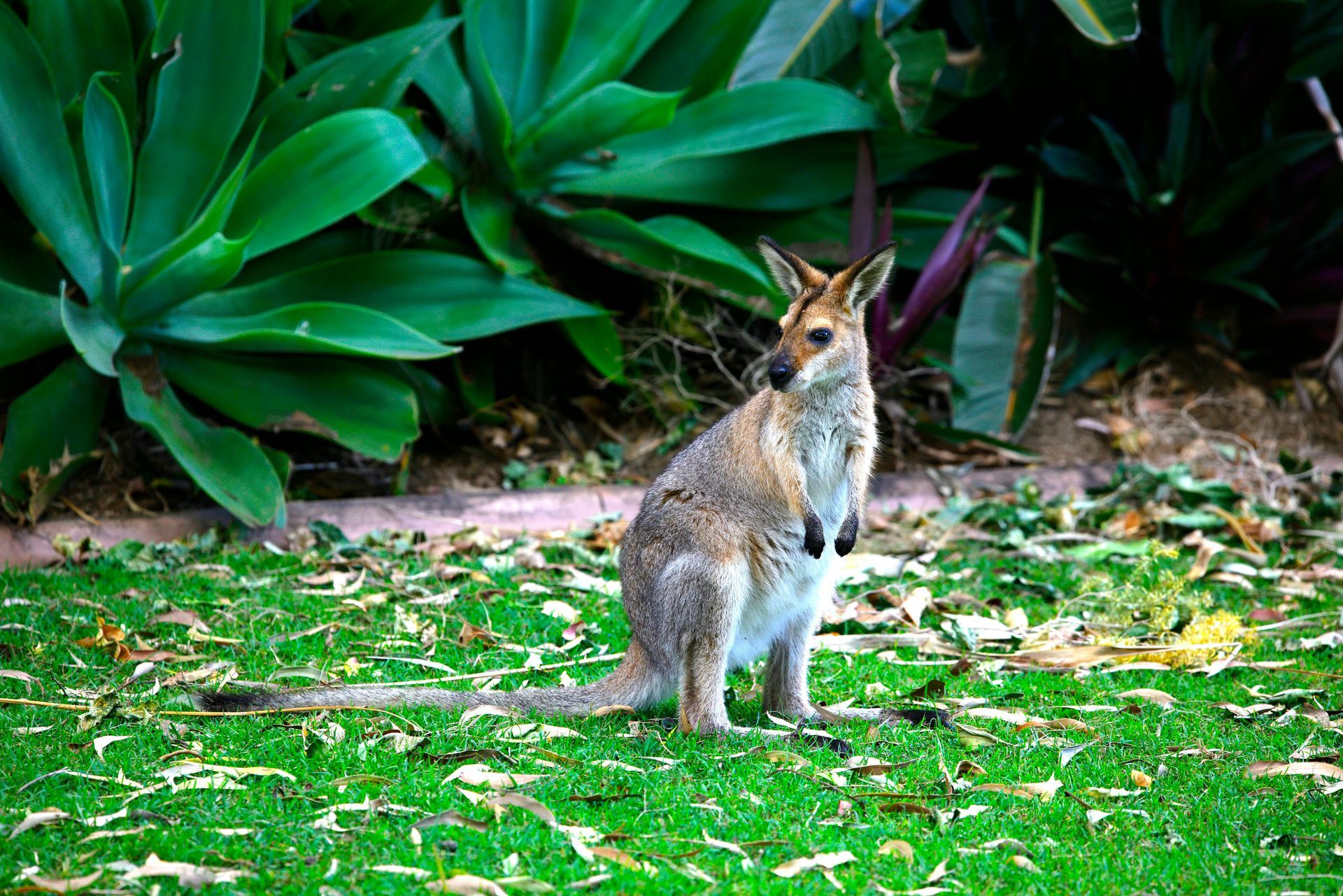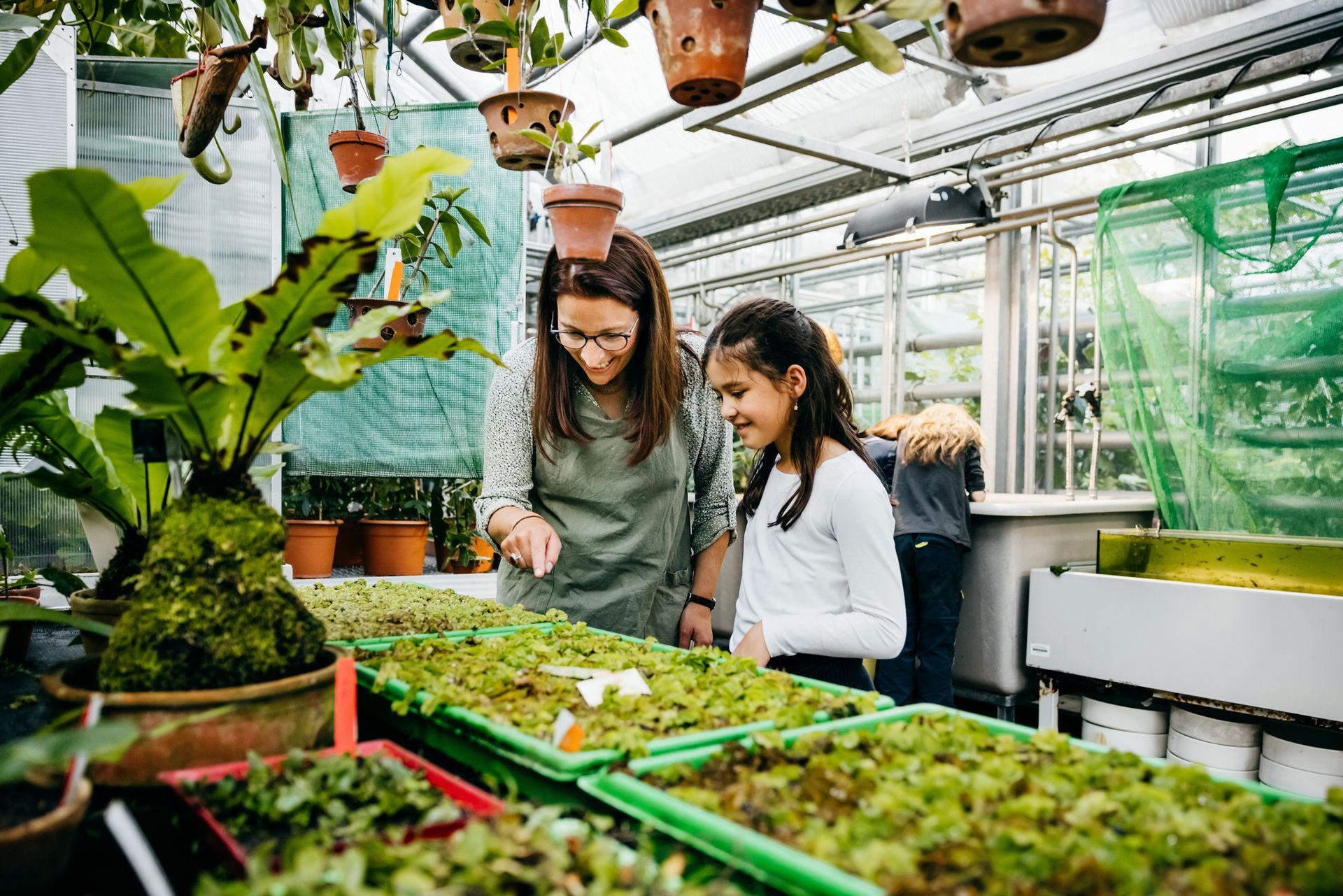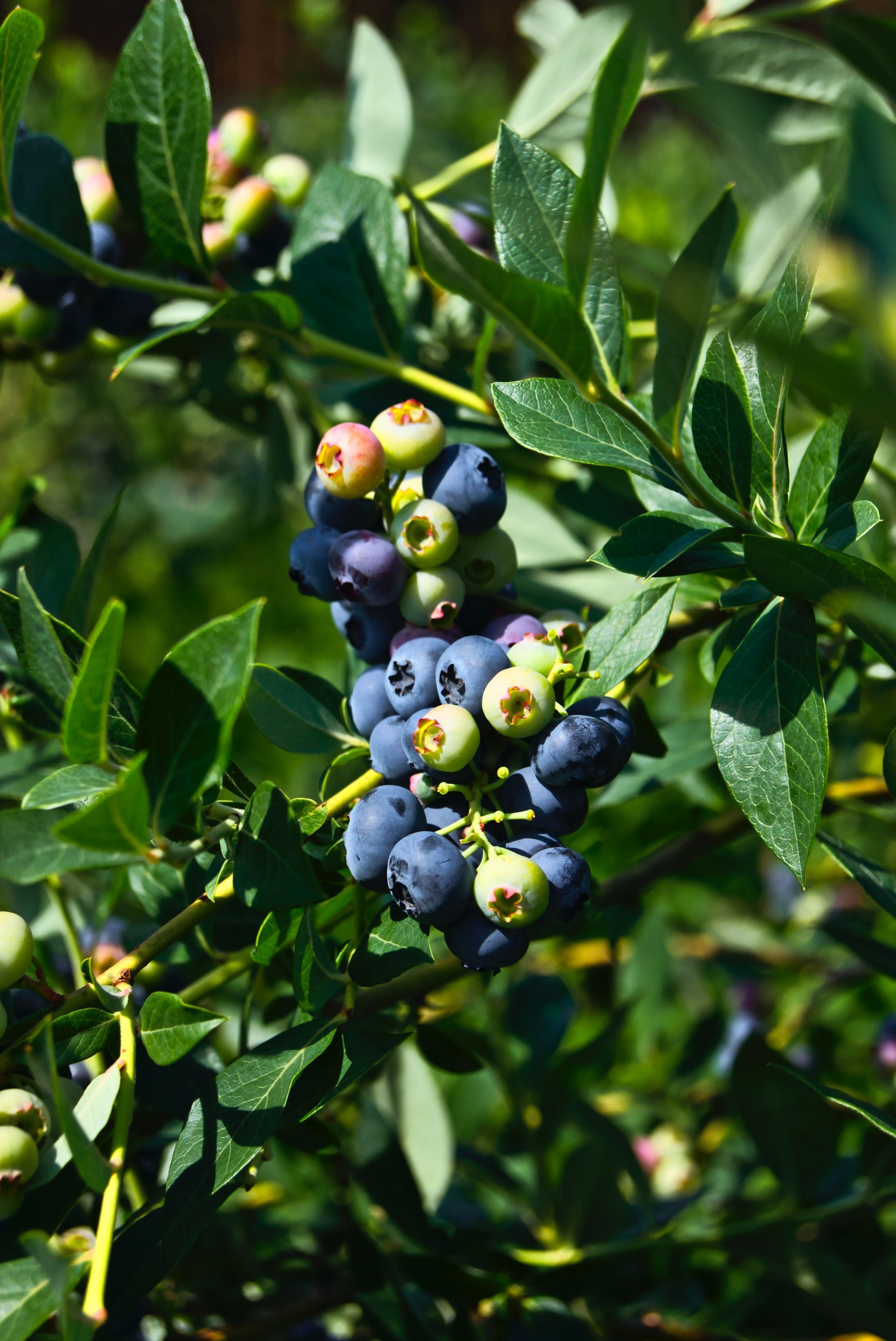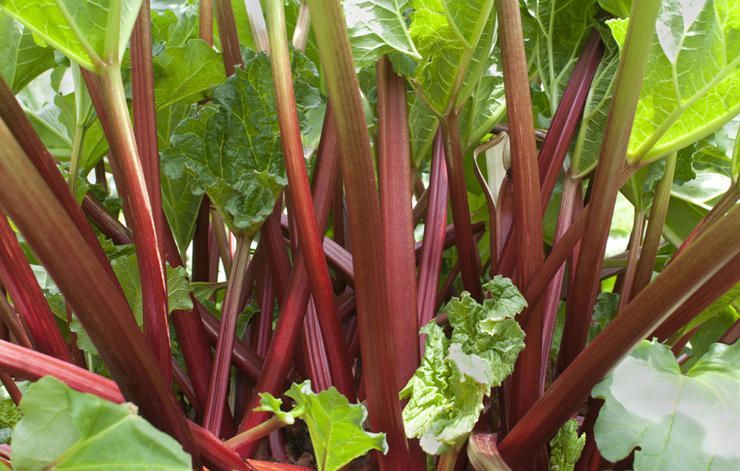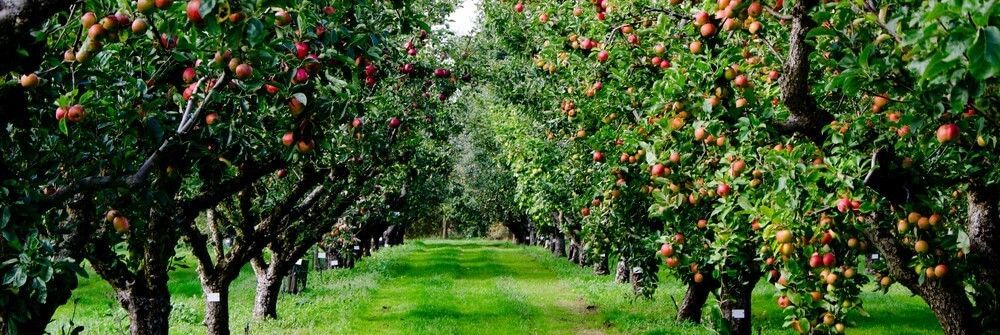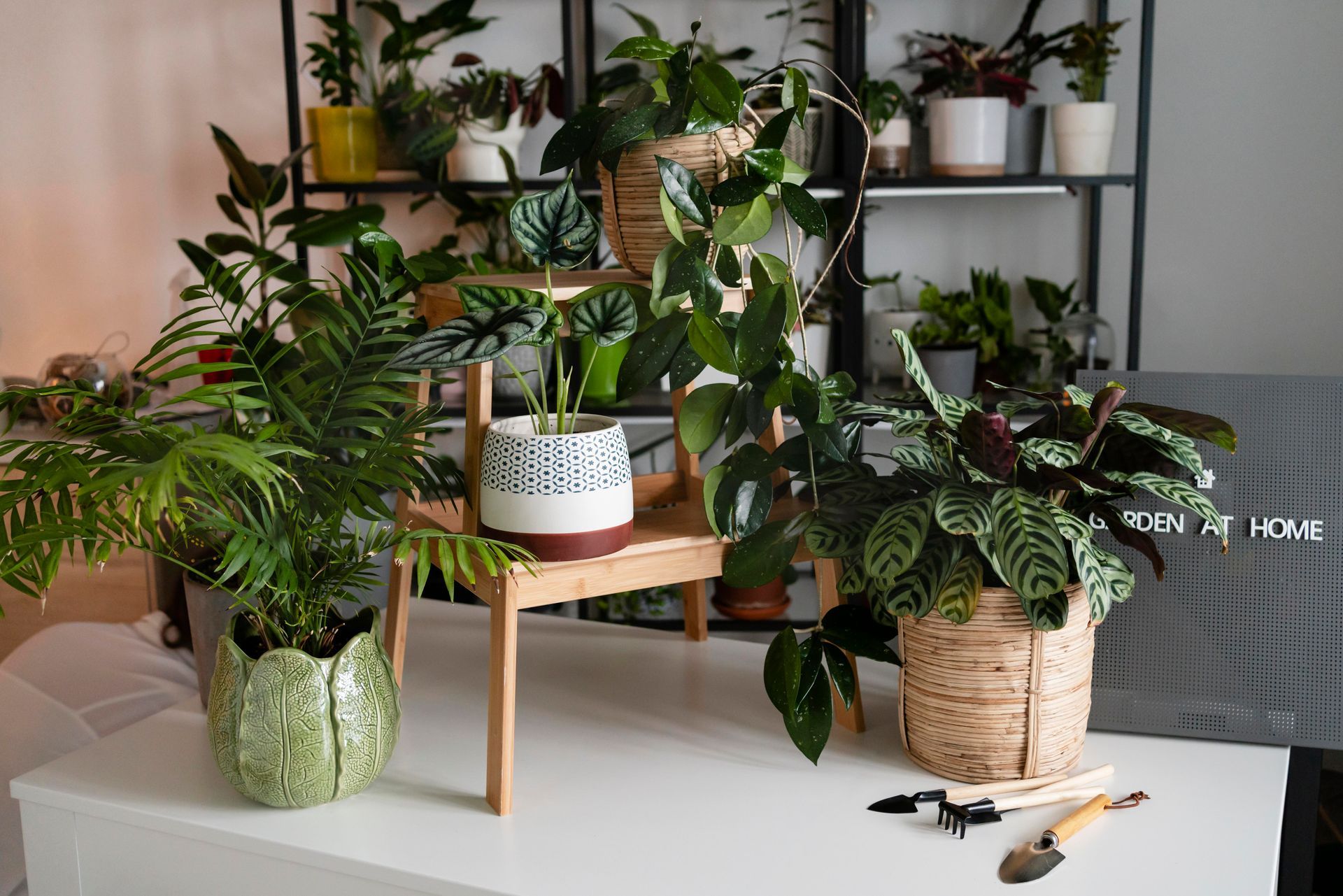Cymbidium Orchids
Cymbidium orchids are stunning and are a rewarding spectacular living flower arrangement right throughout the cooler months.
Their hardiness sets them apart from many of the more tender, tropical orchids such as slipper orchids (Paphiopedilum) and moth orchids (Phalaenopsis), which need warm or hot house conditions outside the tropics. Cymbidiums are available in a wide range of spectacular colours and are classified into three sizes (by the width across the top two petals of the flower): standards 100mm up, intermediate 55-90mm and miniature up to 55mm.
Plant details
Common name: Orchids
Botanic name: Cymbidium spp.
Climate: Cymbidium orchids will grow in most mainland capital cities and coastal districts. Cymbidiums are native to Asia and northern Australia but grow well in southern regions when protected from extreme cold and grow in warmer areas when grown in a sheltered, shady position.
Good points:
Due to modern breeding, cymbidiums now come in an array of colours from white, pink, oranges, apricots, browns, reds, burgundy, yellows, creams and greens. Cymbidium Orchids need to be grown in a pot in cymbidium potting mix in a shaded garden area or a shadehouse. They do not require a great deal of work. The most commonly grown cymbidium orchids bud in winter and flower from May through August and September to produce stunning long-lasting flowers. Some orchids are capable of producing up to four flower spikes from each bulb and have erect, fleshy leaves. Once in flower the plants can be brought indoors into a bright room where the blooms can be enjoyed for many weeks.
Uses:
Potted around the house indoors or outdoors to provide stunning colour and style to indoor spaces, as well as the garden. Orchids will not grow in garden soil but can be made to look as if they are growing in the garden by planting them in orchid potting mix on top of the garden soil. Apply the orchid mix to a depth of at least 30cm. Cymbidiums are a very popular florist cut flowers and used in corsages.
Care:
Many orchid enthusiasts have an orchid potting mix recipe that they swear by but if orchids are grown in a professional specialist cymbidium orchid potting mix with good drainage, there is very little chance of spreading pests and diseases. The potting mix is made up of pine bark, peat, coarse sand and polystyrene.
Do not grow these plants in soil in the ground. Maintain moist potting mix by watering once or twice a week, depending on the weather, and fertilise with a specialist orchid fertiliser. Different formulations are available to encourage flowering and growth. Always read the directions for recommended rates of application. Keep in a shaded position such as under deciduous trees, on a well lit veranda or in a shadehouse but make sure that plants receive enough light to flower. Lush green leaves and few flowers indicate that your cymbidiums are too shaded. Divide after flowering when the plant fills the pot and replant segments into new pots with orchid potting mix.
Growing outdoors:
Although cymbidium orchids are usually grown in pots they can be grown as garden plants if planted into a mound of orchid mix and the position is right. Give plants grown outdoors shade from hot sun particularly in summer but expose to more light in autumn and winter to encourage bud formation.

